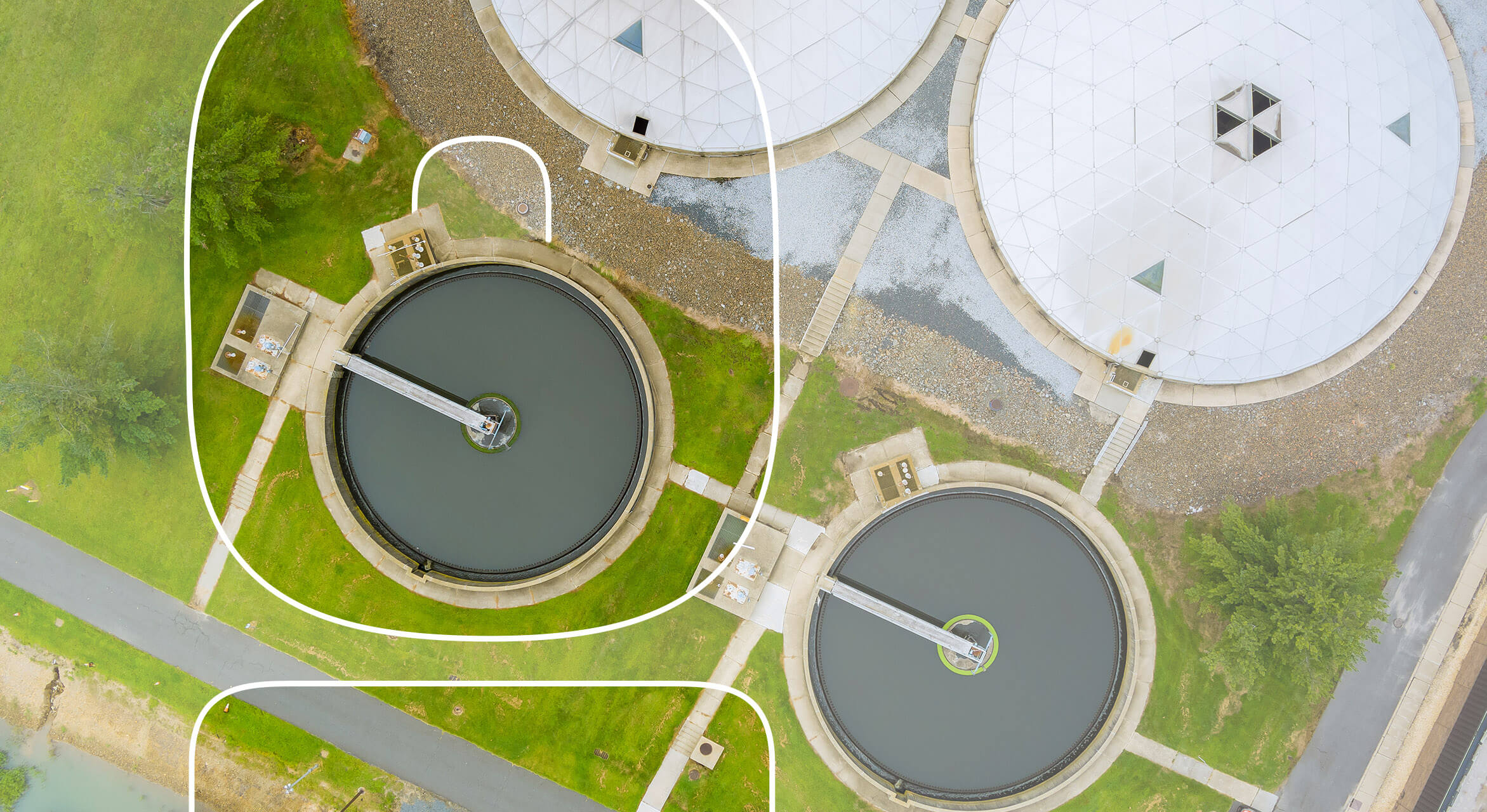
Sustainable Wastewater Management Methods
We are reader-supported. When you buy through links on our site, we may earn affiliate commission.
Eco-consumers challenge environmental degradation by shrinking their water footprint. Water conservation has a plethora of ecological benefits. When limiting the exploitation and pollution of the natural resource, many forget about the effects of wastewater. Sustainable wastewater management is vital for the future of our planet.
Wastewater derives from residential and commercial uses. Whenever we flush a toilet, shower or brush our teeth, we contribute to its production. Recently, environmental scientists developed sustainable solutions to wastewater pollution problems.
Environmental Issues with Wastewater
Wastewater management is a modern practice, developing in the late 1800s. Before its establishment, individuals disposed of wastewater in nearby bodies of water without treatment. Communities regularly contaminated local drinking water using this disposal method.
Cholera, dysentery, typhoid and other waterborne illnesses killed significant portions of communities before processing. Even with management practices in place, about 80% of global sewage pollutes the environment without prior treatment. In less developed regions, the raw waste runs through rivers and other bodies of water.
Un-sustainable wastewater management negatively affects the environment, especially marine ecosystems. Certain substances generate eutrophication, promoting algal overgrowth. Algae deplete oxygen in aquatic regions, creating uninhabitable sections called dead zones.
Humans also incorrectly place specific material down the drain, creating additional environmental degradation. They flush heavy metals, endocrine disruptors and pharmaceuticals, contaminating coral. Contaminants cause problems with coral reproduction, immunity and growth.
Adequately management of wastewater facilities minimizes aquatic pollution and maximizes sustainability. One issue that remains present in the industry revolves around energy sourcing.
What Fuels a Management Facility?
In the U.S., wastewater management plants use nearly 30 terawatt-hours of electricity annually. The consumption equates to $2 billion in utility costs. A significant portion of the energy used by facilities derives from coal and fossil fuels.
Nonrenewable energy sources emit greenhouse gases into the atmosphere, causing a warming effect. When air pollutants invade the environment, they throw off a natural balance.
Earth uses the greenhouse effect to maintain a life-sufficient global temperature. Elements absorb the sun’s radiation, converting it to warmth and sending it to the surface. The surface sends excess energy back to the atmosphere, generating more heat and returning to space.
Greenhouse gases convert sunlight to heat at a higher rate than usual. They also trap warmth on Earth rather than emitting it back to space. The entrapment causes the global temperature to rise over time.
When the planet warms, it causes adverse ecological effects. Fortunately, wastewater management systems can help reduce their impact and help solve the issue. Adopting green technology and sustainable methods conserve natural resources.
Sustainability Methods
A small wastewater management facility in Massachusetts processes local commercial and residential off-put. They eliminate their greenhouse gas emission using a photovoltaic system. The solar system includes 96 14.5 kilowatt-hour panels.
The system enhances its sustainability by reducing atmospheric pollution. Other facilities turn waste into energy, creating a closed loop. This method reduces runoff and surface pollution, as well as greenhouse gas emissions.
An Australian wastewater treatment plant at Woodman Point uses fuel cell technology to drive production. They built a $15.8 million facility, converting sewage into hydrogen and graphite for energy. The facility utilizes excess hydrogen, powering fuel cells for energy sourcing.
Wastewater management companies can also use municipal solid waste (MSW) for energy sourcing. Professionals can extract hydrogen and methanol from MSW, generating electricity. New York City is exploring ways to utilize wastewater energy to power public transportation.
The transportation sector accounts for 30% of all U.S. greenhouse gas emissions. Cities are challenging air pollution problems by thinking outside of the box. Buses and trains can utilize excess MSW hydrogen and methanol, powering electric fuel cell transportation.
Another sustainable treatment method that conserves natural resources is wastewater repurposing. California is a drought-ridden region, struggling to maintain drinking water demands. This global issue affects over 2.1 billion people annually.
California discovered a sustainable wastewater management method that minimized water scarcity. Orange County generates millions of gallons of drinking water daily from wastewater. The system helps sustain the citizens’ health and creates a closed-loop solution.
When we recycle the same water, we limit our exploitation of the natural resource. In the future, all management facilities may use this method of water conservation to reduce environmental degradation.
Personal Measures
As our population continues to grow, we must instill sustainability into our daily routines. Facilities can make eco-friendly strides, reducing greenhouse gas emissions and environmental pollution. Residents must also take action and limit waste, ensuring the proper function of the sustainable system.
Reducing one’s general production of wastewater prevents management facilities from overflowing and generating pollution. Regularly inspecting your sewer line can also mitigate wastewater pollution, ensuring the processing of all off-put. Finally, you can speak to your local government officials about increasing the sustainability of your treatment facility, conserve the water supply.
Share on
Like what you read? Join other Environment.co readers!
Get the latest updates on our planet by subscribing to the Environment.co newsletter!
About the author
Jane Marsh
Starting from an early age, Jane Marsh loved all animals and became a budding environmentalist. Now, Jane works as the Editor-in-Chief of Environment.co where she covers topics related to climate policy, renewable energy, the food industry, and more.





